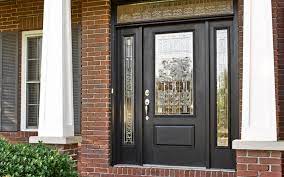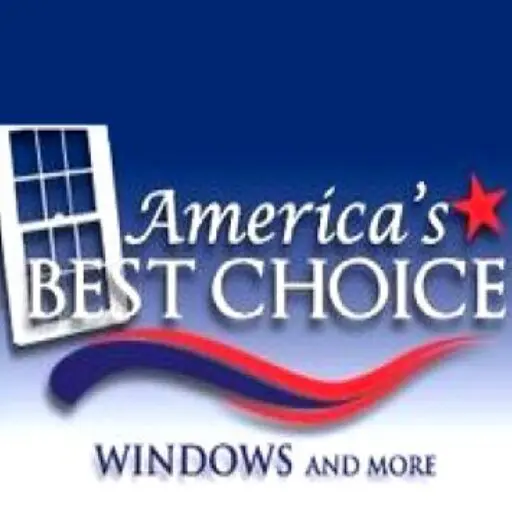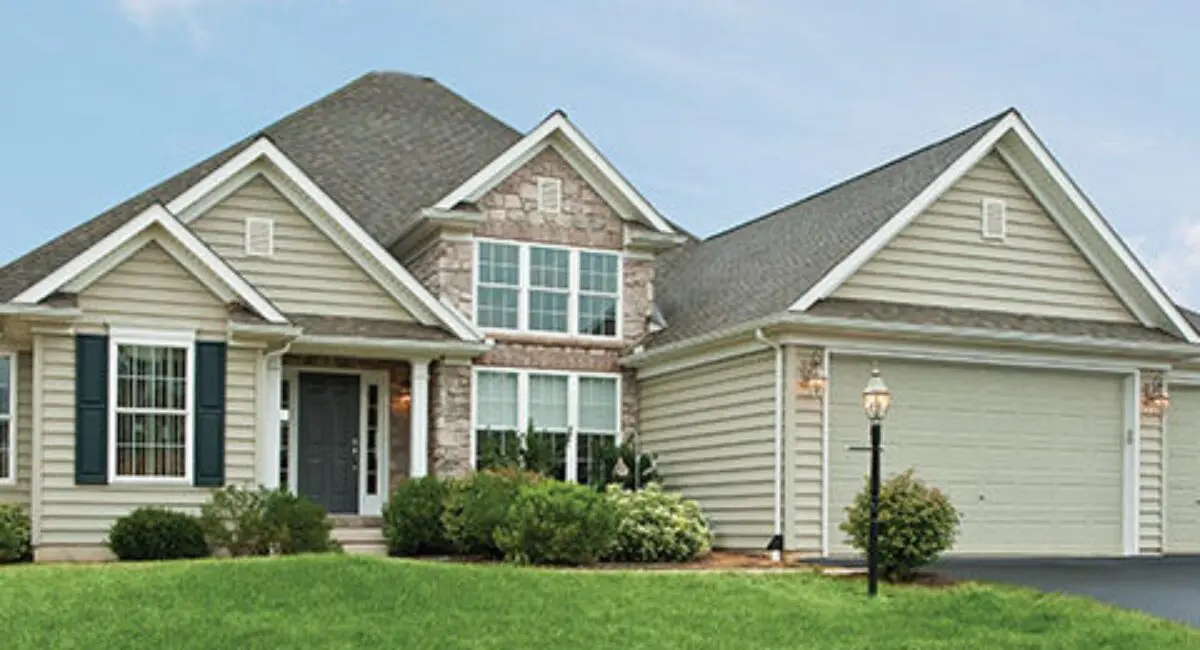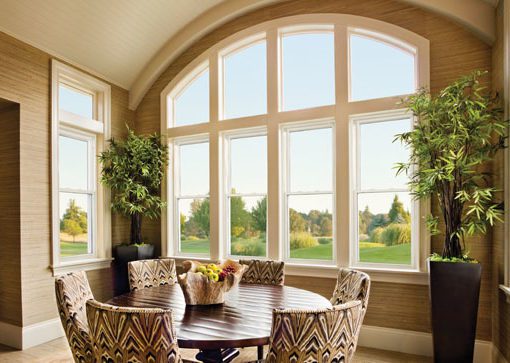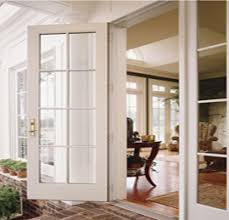Replacement Windows and Doors Different Levels of Energy Efficiency
Energy Efficient Windows
Replacement windows and doors can offer different levels of energy-efficiency. Are all windows energy-efficient? When it comes to replacement windows, homeowners have several choices. It’s smart to do your homework first. Many factors influence one’s purchase of new replacement windows. Considering the region of the country in which you live is an important place to begin your research.
If you’ve recently visited a retailer to look at stock windows, you may have seen the large sticker on each window containing the energy efficiency information. In particular, you want to look for the U-Value and SHGC numbers. These values will tell you which windows are right for your location.
-
U-Value is the number that tells you how much heat gain or loss the window glass produces. The lower the U-Value number, the more efficient the window will be in conserving energy.
-
Solar Heat Gain Coefficient (SHGC) tells you how much solar radiation penetrates the glass. The lower the SHGC number, the less solar heat allowed through the glass.
In colder climates a U-Value range of 0.17 to 0.39 is good. In warmer climates a U-Value range of 0.17 to 0.30 is good. Again, lower U-Values equal energy savings. You may want to adjust the SHGC values to fit a location within your home. As an example, SHGC values between 0.42 and 0.63 have more energy efficiency in south windows in extremely cold environments. This higher value allows more passive solar heat gain through the glass, acceptable in very cold weather, allowing homeowners more savings in heating costs.
Climate Makes a Difference
In the mid-south to southern US, think of the “30/30” rule. A U-Value of 0.30 and SHGC value of 0.30 is a good place to start. Adjust the values for the particular sides of your home. South-facing and west-facing windows will allow more heat to penetrate. Reduce the U-Value below 0.30 for each place in your home to achieve the best energy savings possible. In warm climates you may not want to go too far above 0.30 for the SHGC value because more solar heat will penetrate the glass making your air conditioner run more frequently.
A simplified way to remember when shopping is “30/30” south and “30/40” north. That gives you a good starting point for your research. There are other factors you will want to consider such as Low E (low emissivity) glass coatings. Depending on the level of extra protection you choose, this may influence which windows in your home you want to adjust the values below 30 and above 40. Remember each window can have its own unique U-Value and SHGC numbers depending on what energy savings you want to achieve in each location in your home.


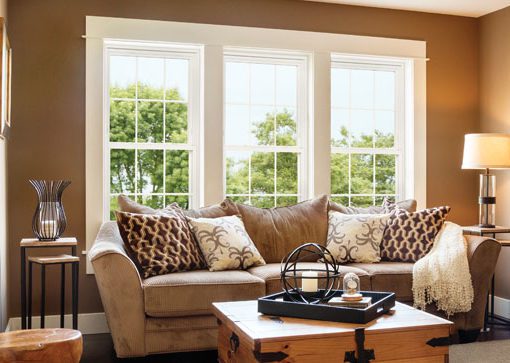
Energy Efficient Doors
When thinking about reducing your energy bills, doors are just as important as windows. The National Fenestration Rating Council (NFRC) provides energy ratings for doors just as for windows. Doors have their own specific rating stickers somewhat different from window sticker information. NFRC door stickers for a framed exterior door show the type of frame material (wood, fiberglass, steel, etc.) and the amount of glass the door has in increments of 1/4 Lite, 1/2 Lite, 3/4 Lite and Full Lite. These increments refer to the appearance of the glass in the door frame.
For safety reasons, all door glass is made from tempered glass, such as that found in auto windshields. Customers can choose from the same levels of energy-efficient glass that are manufactured for windows – different levels of Low E coatings with or without Argon gas. Just as for windows, door stickers will contain the U-Value and SHGC ratings for the door glass. The ratings appear in columns below each type of Lite that the particular door contains. Sliding glass patio doors also have all the energy-efficient options available.
Door Materials
When replacing exterior doors, the frame material is important as well for conserving energy. Fiberglass doors are your best bet to protect against unwanted heat or cooling loss. Wood, often chosen for its beauty, is not as good at insulating as fiberglass. Customers also have the option of purchasing a replacement fiberglass or steel door that contains a thermal break. The energy-saving material inside the door acts as an extra barrier against severe heat and cold.
At America's Best Choice in Springdale, our most popular front entry door is Fiberglass. Doors made from Fiberglass offer just as many options as wood doors, however, the energy savings of Fiberglass doors is a very attractive feature.
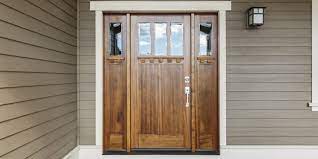
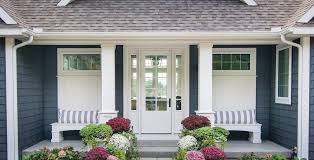
Vinyl is a popular replacement door material, especially for sliding patio doors. In certain environments, a sliding vinyl-framed glass door with Low E and Argon gas can offer very good energy savings. In other environments, fiberglass French patio doors with Low E and Argon gas may offer a better level of protection against the weather. A French door unit with one fixed door offers greater energy savings than a French door unit in which both doors open.
Plan your energy savings smartly by asking the window and door replacement specialists at America’s Best Choice about energy-efficient products for your specific needs.

